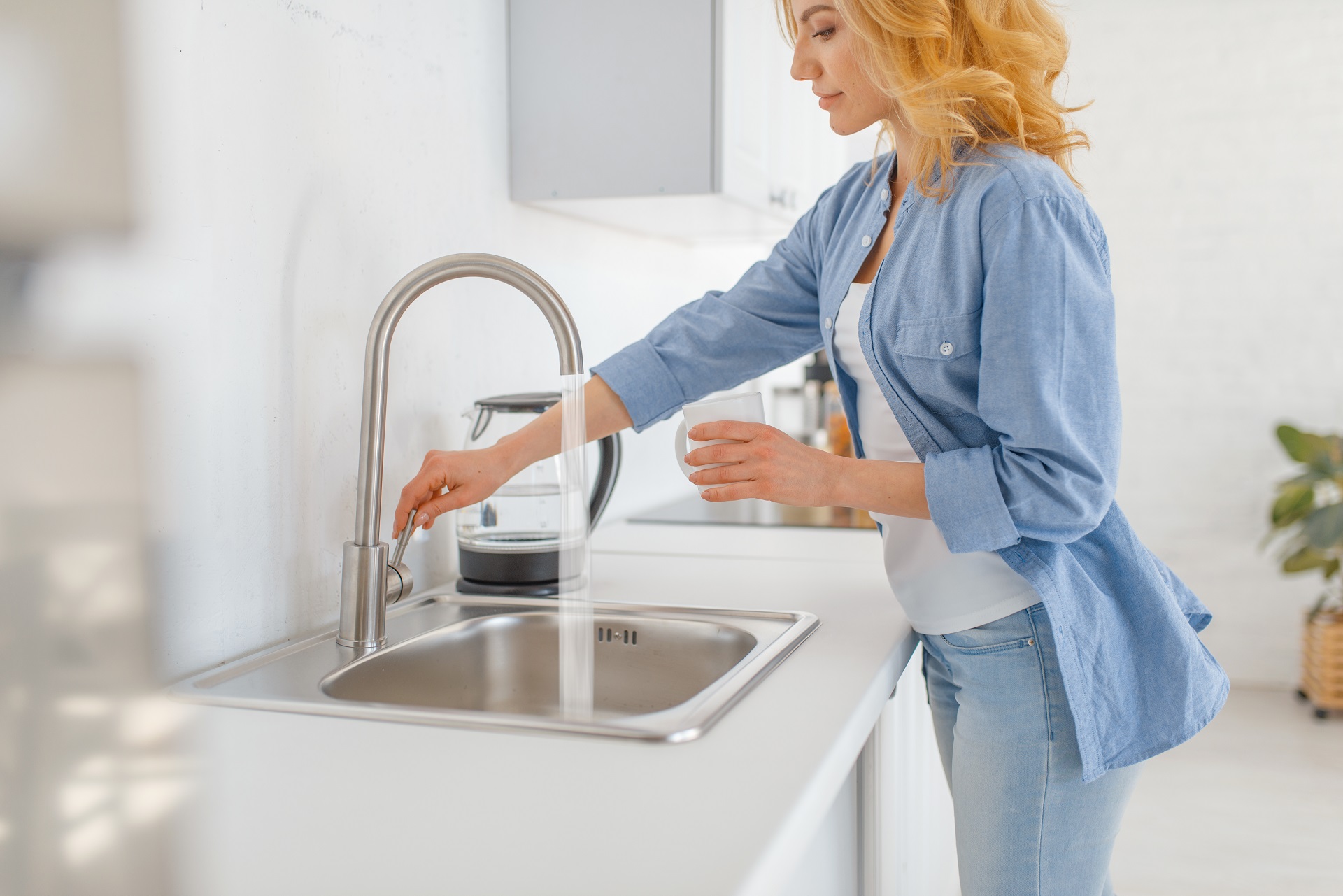The cleanliness of your kitchen and bathroom is the biggest reflection of your home’s identity and overall hygiene. However, looks can be deceiving because you may not be aware that bacteria may thrive in so many places in your home. They can be found in cleaning sponges, towels, handles and surfaces that are damp and porous.
Below are some simple tips for eliminating kitchen and bathroom bacteria.
1) Separate Cutting Board for Raw Meats
The cutting board is in contact with all types of food sources, from raw meats, fresh produce and even cooked food. When raw meats are involved, there is bound to be bacteria.

Sure you wash your cutting board after every use. But bacteria and germs can stay lodged within the pores and scratches of the surface.
To prevent cross-contamination with your fresh food, keep a separate cutting board especially for raw meats. And after every use, wash and dry thoroughly before storing it.
2) Store Raw Meats at the Bottom of the Fridge
Meats that are frozen will thaw when you remove it from the freezer into the refrigerator compartment. As it thaws, the liquid may spill over or drip onto other food items.
To prevent these drips from contaminating your other food, always place raw meats at the bottom of the shelf. Any drips and spills have to be cleaned with an antibacterial wipe.
3) Hot Water for Cleaning
Besides just using water and detergent, take a step further to ensure all bacteria and germs are eliminated. Use hot water during the final rinse when cleaning your eating and cooking utensils. Most germs can be killed at 60 degrees Celcius.
4) Wipe Down Frequent Touch Areas
One of the biggest germ carriers is your hands. Hands are the best vessels for transferring bacteria and viruses from one place to another. If you’re not careful, bacteria can easily be ingested when it contaminates your hands, food, utensils and toiletries.
The fridge door handle, stove knobs, tap head, and switches are a breeding ground for all types of microbes and pathogens. These items have been opened and closed, and turn on and off so many times by different hands that have been to many places. Can you imagine how much bacteria are on them?
Picture this: You just came back from the gym, all sweaty and thirsty. You head to your fridge for a refreshing beverage. The same pair of hands that has touched various gym equipment outside is now touching the handle of your fridge and possibly other areas of your home.
That is why it is very important to wipe down all surfaces that are frequently touched to prevent germs from spreading.
5) Thoroughly Clean Your Sink
Each time your rinse your food, wash your plates and clean your hands, you are leaving the residue of multiple food particles behind. It is easy for food particles to get lodged in between the grooves of the sink.

When left unchecked, it transforms into a haven for breeding microbes and germs.
Depending on your usage, your sink deserves a deep cleanse at least once a week to remove traces if grime and eliminate germs. Use a scouring pad and bleach to scrub all corners of your sink.
When you’re cleaning you’re the visible parts of the sink, don’t forget to disinfect your drainage as well. You can make your DIY cleaning solution with baking soda, vinegar, boiling water and a plunger.
6) Sanitise and Wring-Dry Sponges and Dishcloths
Sponges, mesh scouring pads, and dishcloths need to be sanitised and dried after every use. This prevents or slows down bacteria from proliferating.
These cleaning items often contain coliform bacteria and other pathogens such as salmonella. When you don’t sanitise your cleaning sponges and cloths, you can potentially transfer bacteria onto the item that you’re cleaning.
A simple way to eliminate these harmful microbes is to soak in detergent, rinse off and wring dry.
7) Flush with the Lid Down
Flushing the bowl after every use is not enough to eliminate all traces of faecal matter. A research conducted by microbiologist, Charles Gerba, shows that water vapour is produced during the impact of the flushing activity. These aerosol toilet plumes can reach up to 15 feet high!
These droplets carry bacteria and viruses from the toilet bowl and take time to settle. Unknowingly, your wall, floor, sink, towels and toothbrushes may be covered in microscopic waste and teeming with germs. Yikes!
So, build a habit of flushing the toilet bowl with the lid down. You wouldn’t want to be wiping your face and brushing your teeth with a sprinkle of human waste.
8) Install NSF-Certified Quartz Surfaces
Your kitchen countertop is the place for action. Whether you’re prepping food, cooking, entertaining guests or even using it as a temporary office worktop, your countertop has seen it all.
If you’re using your countertop for meal preps, it is all the more susceptible to spillage, grease, and splashes. When it is not properly cleaned, it will start harbouring bacteria on the surface and pores.
Make sure to disinfect your countertops thoroughly after use. Some countertops, such as quartz and Dekton, are easier to maintain than others. So tailor your cleaning agents according to your countertop material.
For porous material, be sure to follow up on your scheduled maintenance to seal the surface.
If you’re planning to renovate your kitchen and bathroom, you should check out NSF-certified countertops such as Aurastone quartz countertops that are hygienic and safe enough for food preparation.
Eliminate Kitchen and Bathroom Bacteria Once and For All
Where there is moisture, perishable items and ironically, hygiene cleansing activities, that’s where bacteria can possibly grow. That is why you can find bacteria in the kitchen and bathroom because all the conditions that encourage bacteria growth exist in abundance.
By practising these simple tips, you can get rid of these pesky freeloaders once and for all. Don’t give bacteria a free ride!



